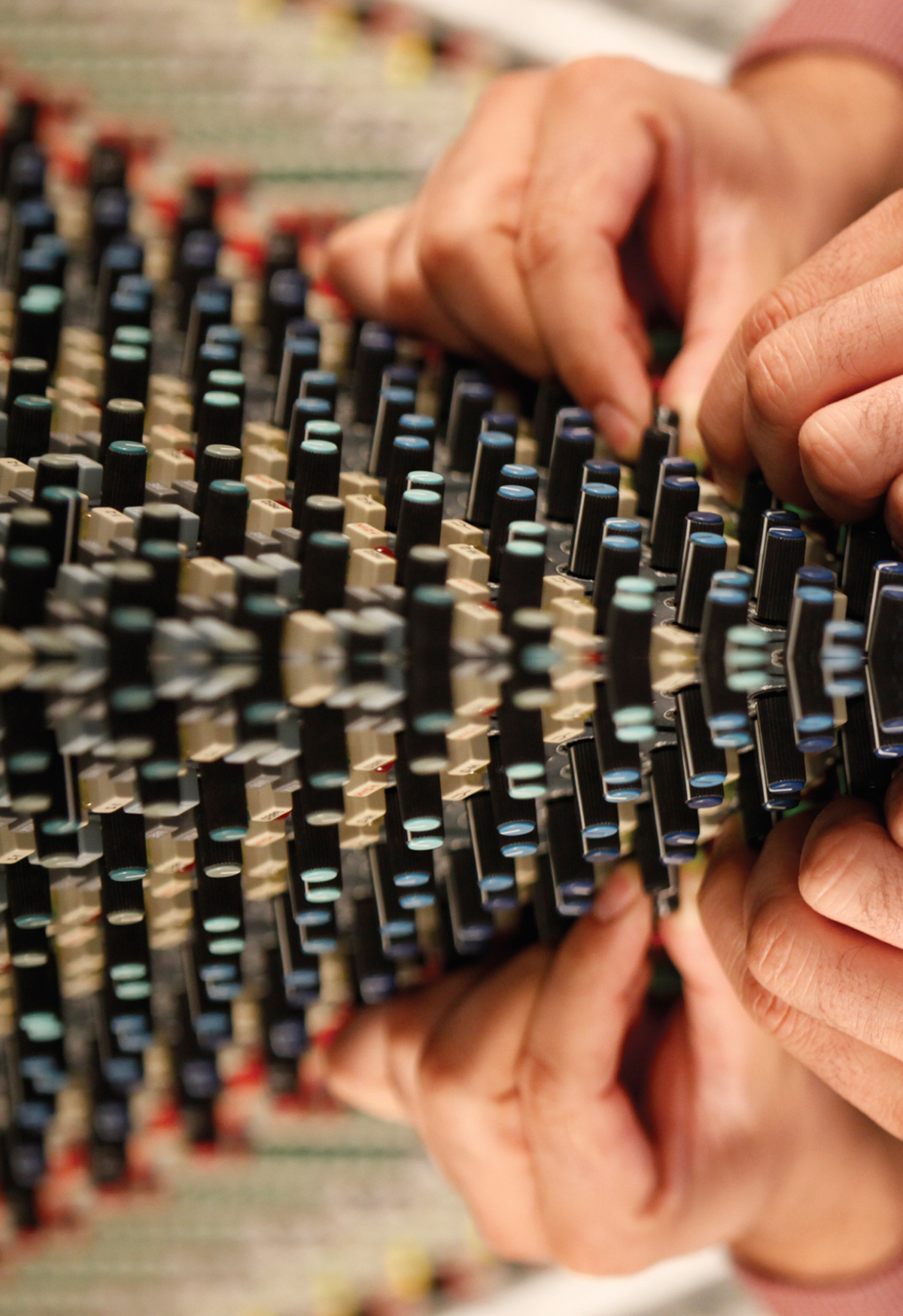Back in 2001, I reviewed the Demeter RV-1 Real Spring Reverb. I'm a big fan of electromechanical, non-digital, spatial effects — plates, springs, tape delays, and bucket-brigade delays rule my mixes — and the RV-1 was a winner with me, ending up with a permanent place in my rack and a presence on all my mixing work. Now Demeter has introduced the Real Reverb D. Feature-wise, the 1RU-height, rackmount reverb has the same input, output, and mix pots; phase, filter and link buttons; plus TRS and XLR I/O on the back that the RV-1 sported. But, as with any quality gear, it's what's inside that matters. The op-amp ICs have been upgraded to higher quality Burr-Brown chips, and the power supply has been redesigned for lower noise, but the real clincher is the use of custom spring units that Demeter has sourced. The right channel features a longer reverb time, while the left channel has a slightly shorter one, and both sound far more musical and less "springy/boingy" than the older RV-1 unit's did. This reverb in general reminds me more of a plate reverb tone, with a smooth, long decay, and richer frequency spread than before. The lower noise-floor is also a big plus, though I still run outboard gates on all my effects when mixing to keep unneeded noise out of the background, and to control attack and decay times. My only real complaint, one that I've had with the RV-1 as well, is that I'd really prefer if both reverb tanks were the longer variety. I've used the RV-1 for these 14 years as a stereo reverb in almost all cases, and with one tank featuring a longer decay there's always a slight imbalance — even if no one else has ever noticed this but me! I asked James Demeter [#46] about this, and he noted that if you order a unit directly from him, two short or two long tanks can be requested — I've sent mine in already to make this change. He also noted that, "We did the two different decay times to mimic my Ecoplate II, which also has two transducers placed with different decay times for a stereo effect." Ah, that does start to make some sense. [Try an M-S matrix on the reverb returns, placing the shorter spring's output in the middle and the longer spring's in the sides, or vice versa. -AH] I also have never preferred using the phase buttons, though I see how you can change the feel of the reverbs when combining them out of phase. I hear that this feature works well for guitar players who have racked up the Real Reverb D for live performance. On the other hand, I always engage the filter buttons, which reduce the amount of low-end entering the springs — they always help clear up the sound. Overall, I am very happy with the Real Reverb D, and I am keeping it in my rack alongside my older RV-1. More real spring reverbs cannot hurt, and having extra flavors suits me just fine.
iOS | No. 121
Borderlands Granular Synthesizer (iOS), GrainSpace Granular Reverb Plug-In
by John Baccigaluppi
Granular synthesis has been around for a while, but it feels like its moment in the sun is upon us. In short, it is described as a method by which sounds are broken into tiny grains, which are then...




_disp_horizontal_bw.jpg)